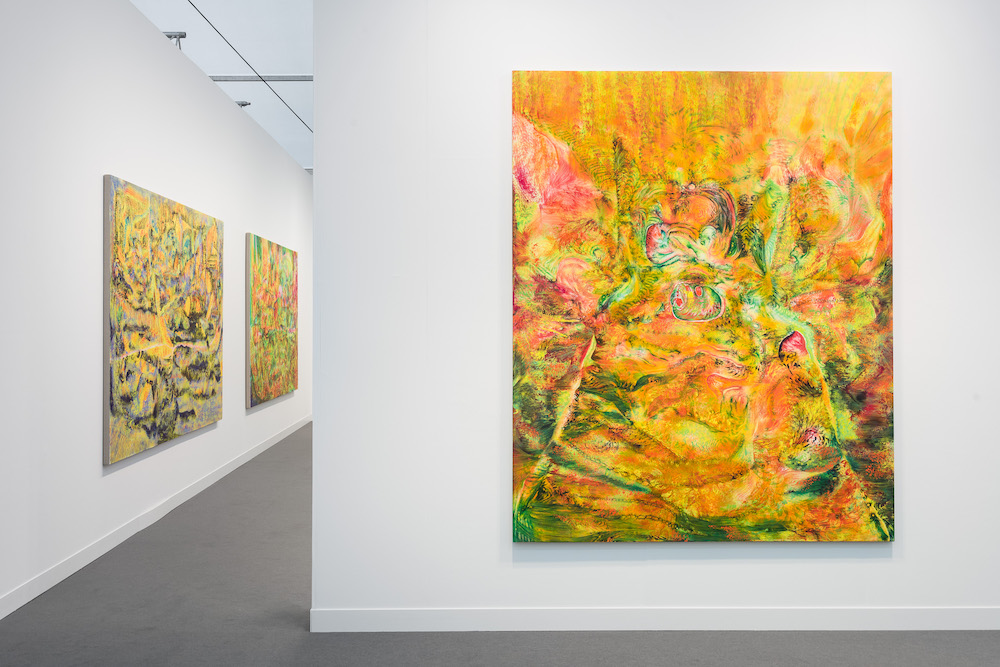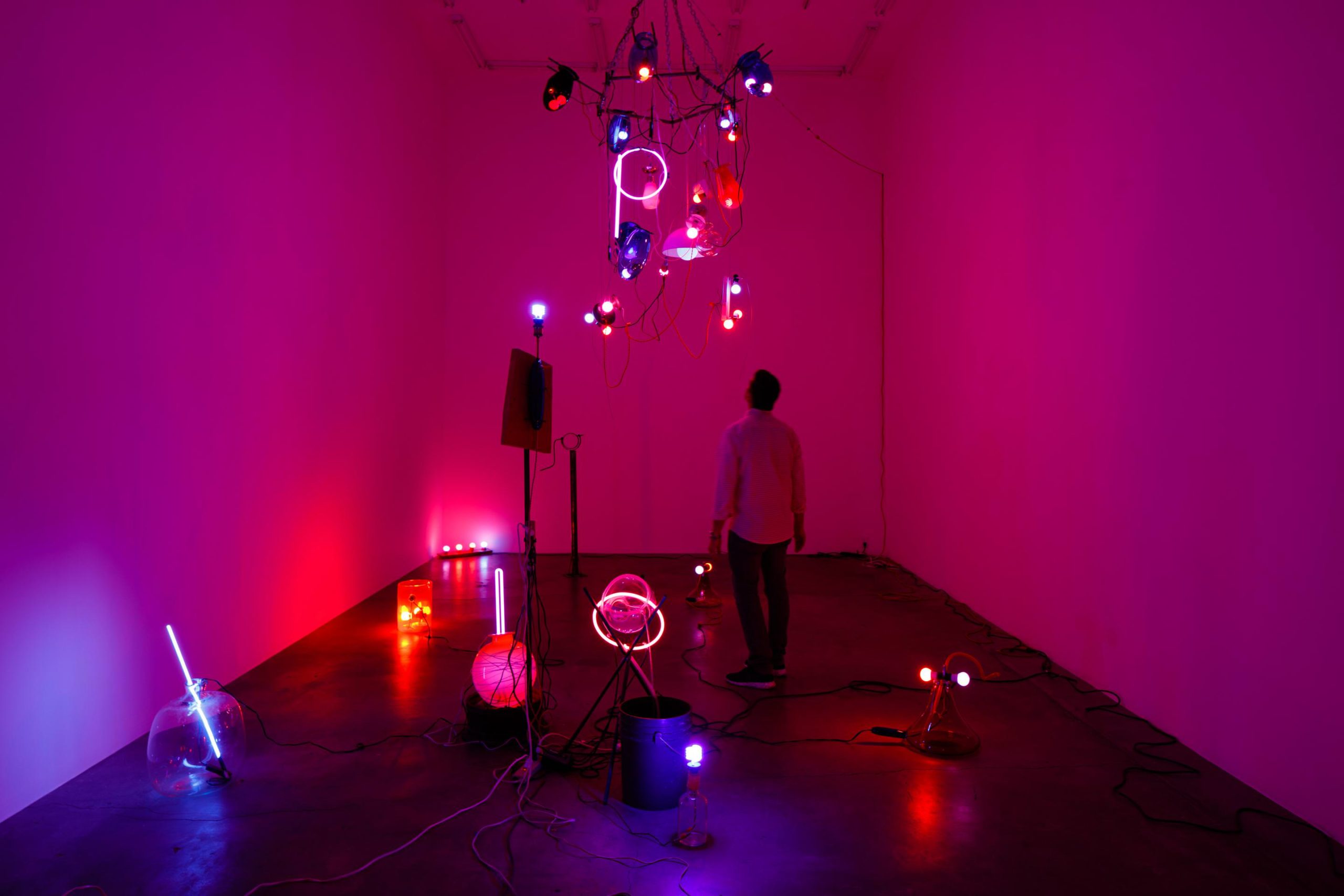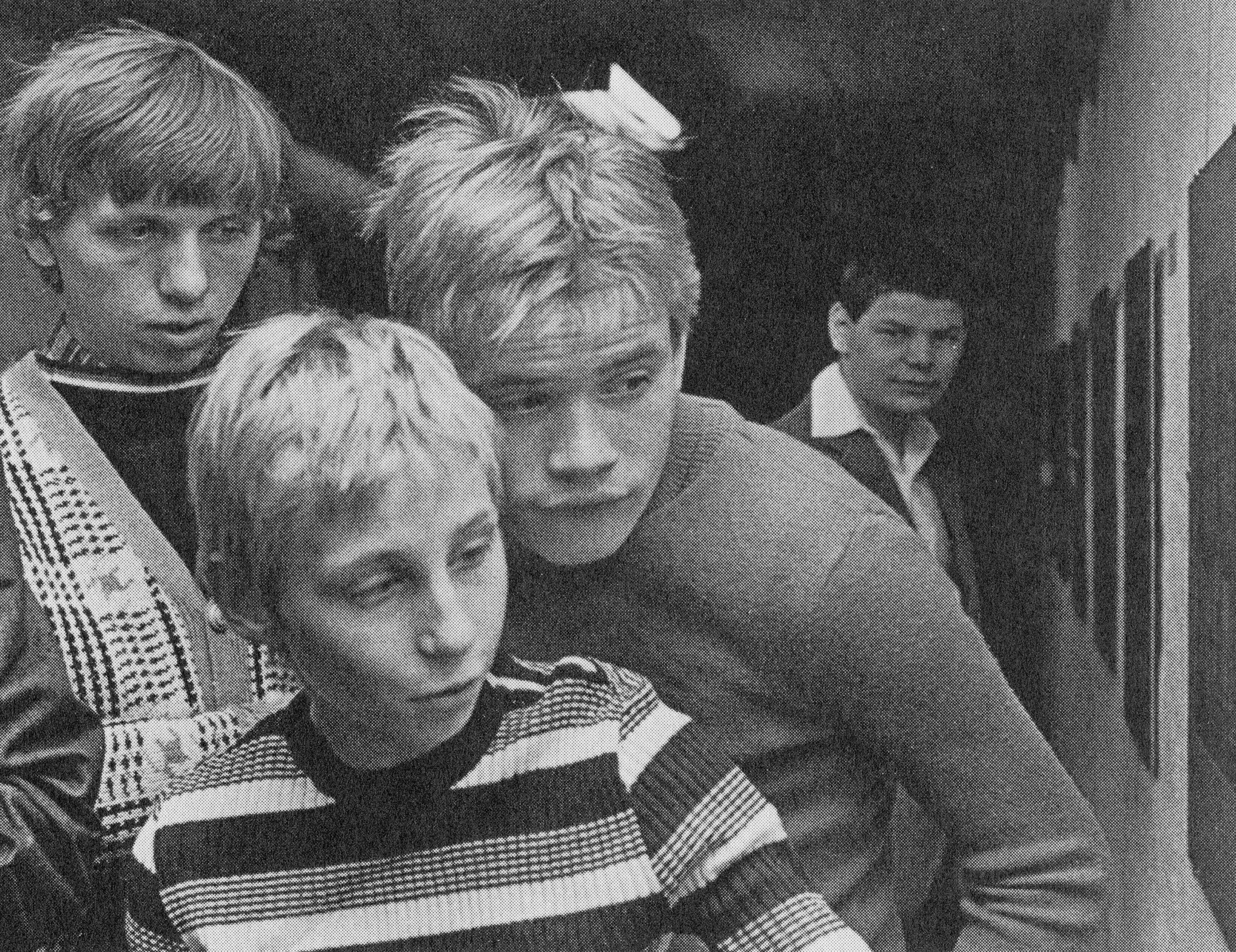Art Los Angeles Contemporary (ALAC) opens tomorrow to the public at the Barker Hangar in Santa Monica, CA. We spoke with director Tim Fleming about the fair, now in its seventh year.
WHITEWALL: Art Los Angeles Contemporary includes international galleries, but focuses on Los Angeles-based programs. What do you think is unique about the work produced by Los Angeles artists that stands apart from the works by other domestic and international galleries?
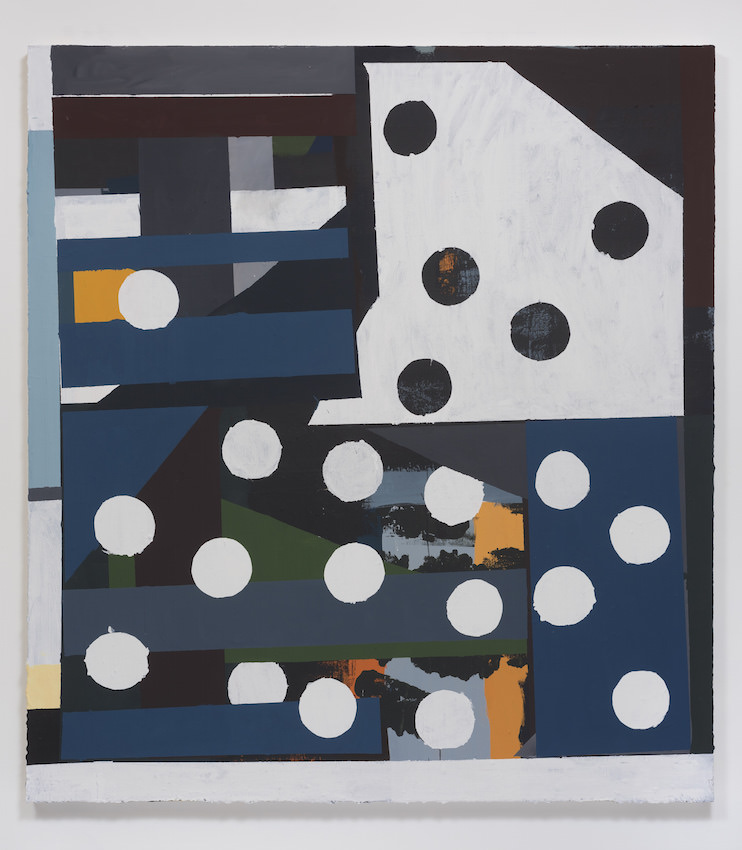
Photo by Gina Clyne
TIM FLEMING: Your question is actually the genesis of “Conversations With Myself,” the series of talks, lectures and performances at this year’s fair, curated by Marc LeBlanc. The series aims at configuring the city as “picaresque, as a fibrous warren of narratives that together present the city’s art community as one eschewing being about any one thing, but process itself.” In his mind—and in mine—that’s what unique about Los Angeles and the work produced here. If you want to know more about being an LA artist, you have to come to LA Exported, a panel discussion we’re having on Friday that specifically addresses how the international art world views LA art.
WW: This year, the fair is introducing Freeways, a section for galleries younger than four years old. Why is it important to you to highlight emerging galleries and talent?
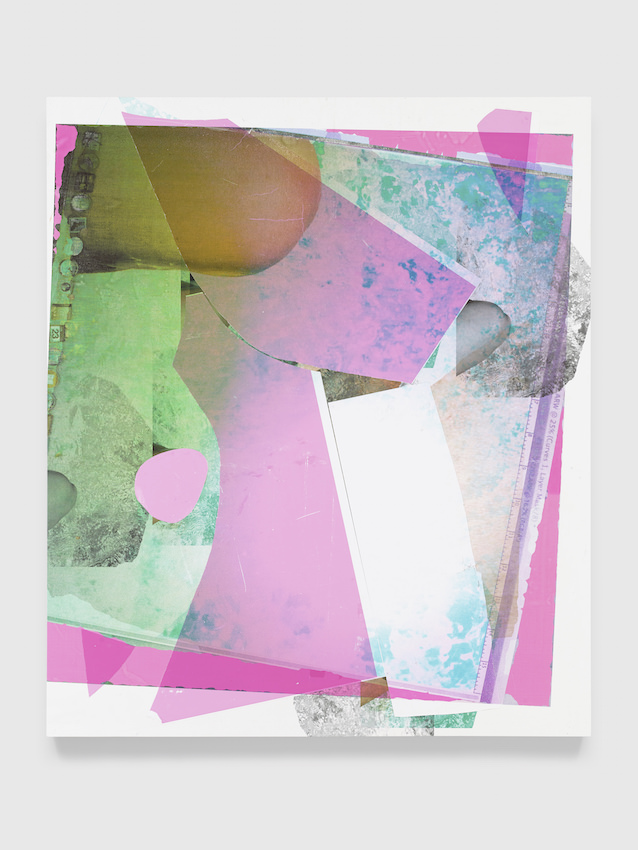
Nick Aguayo
TF: One of the great things about running a fair is getting to watch the galleries that started out with you grow up with you. When we started out seven years ago we had a number of young galleries on our roster, galleries that have since really matured and become significant presences and very influential. Many of those galleries still exhibit at the fair, such as David Kordansky and Standard Oslo. Now there is a new generation of galleries coming up. It’s exciting to have the opportunity to draw attention to the work that they are doing and the artists that they are supporting. That’s what Freeways is about. It’s an appropriate number of exhibitors—12—presenting some of the most progressive and challenging work being made today.
WW: You’ll also debut a section dedicated to Independent Publishing. Could you explain how the idea for this section came about? What is the relationship between art and publishing?
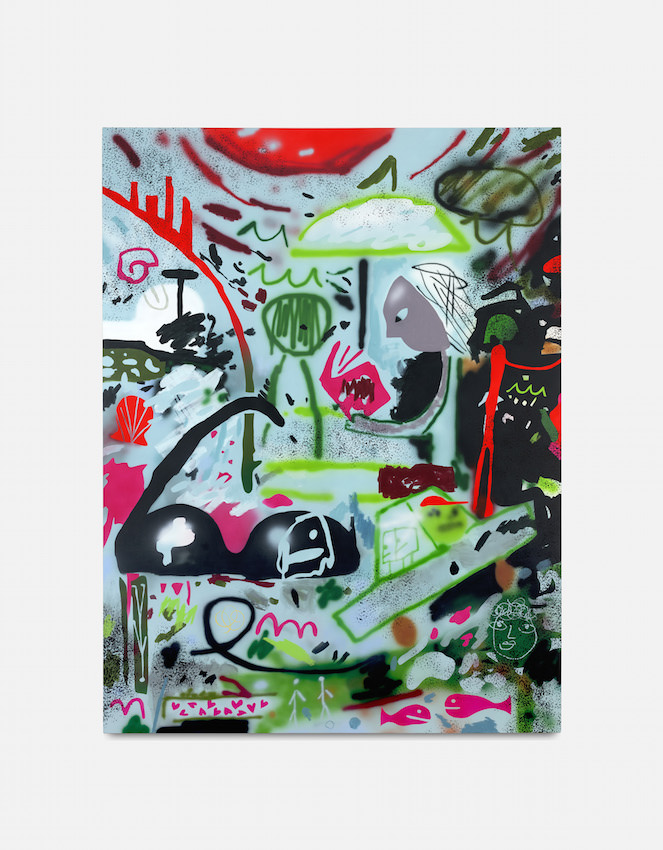
Untitled
2015
TF: Over the years we have experimented with different ways to incorporate publishing into ALAC. This year’s Independent Publishers section began with our relationship to the accomplished Miriam Katzeff of Primary Information who brings her deep knowledge of the art publishing world to life through a selection of great small presses. With this new section ALAC plays a key role in reinforcing the importance and relevance of artists’ books and independent publishing in a time where information, words and images are more and more dematerialized. Rather than offer one larger distributor of artists books, we opted for direct access to artist’s books from the artists and publishers themselves. Independent publishing has been thriving in the past few years and we are really excited to present this distinguished roster.
WW: In the past seven years of Art Los Angeles Contemporary’s existence, what have you seen change the most regarding the Los Angeles art scene?
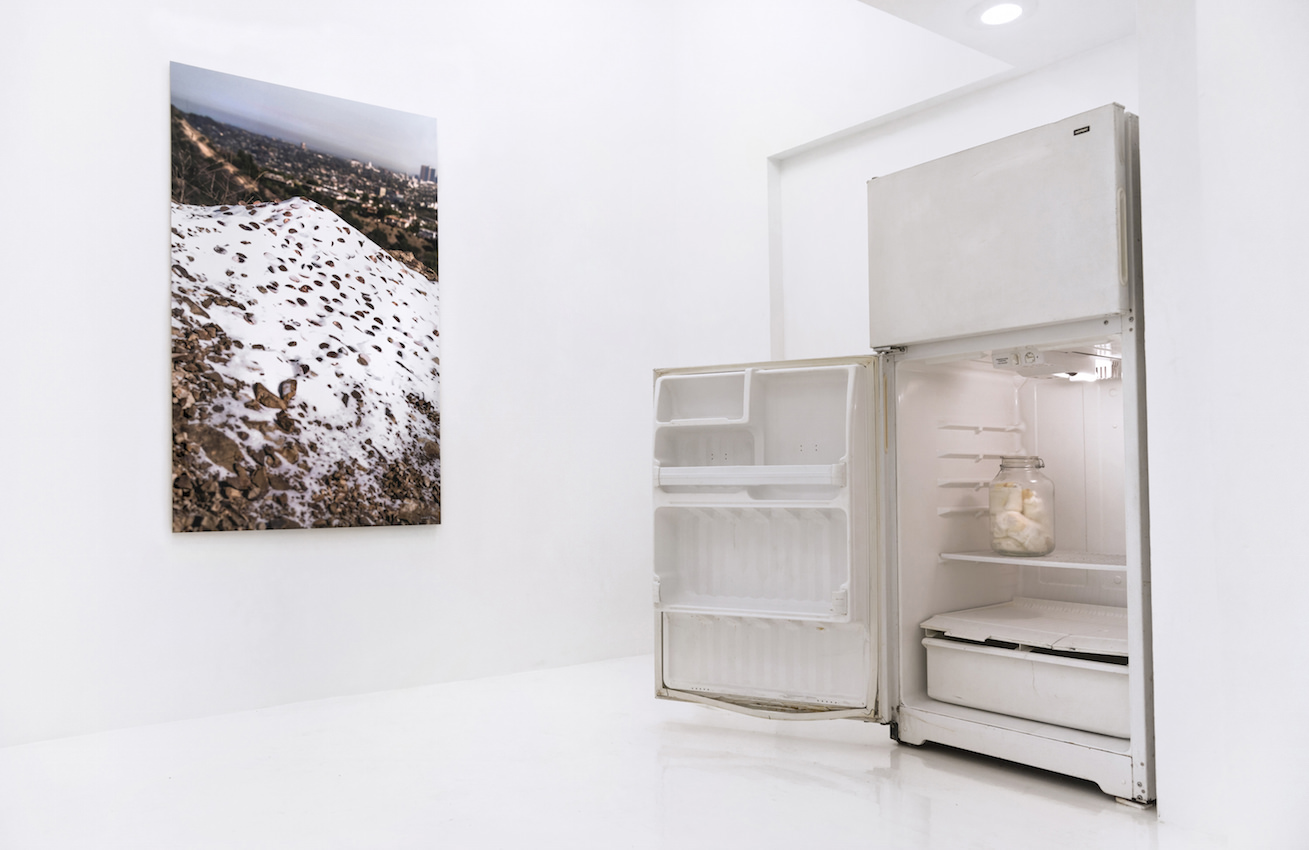
Acrylic, flashe, and marble dust
TF: In the last seven years the number of commercial galleries in Los Angeles has ballooned. We’ve always had so many talented artists, incredible MFA programs, world class museums and a wonderful group of committed collectors and it’s been great to watch the commercial gallery world expand to promote the local talent and attract attention of art world heavyweights. A manifest destiny feeling has been recently spreading amongst young artists and it seems that Los Angeles is becoming the place of choice for young artists and galleries to start their careers.
WW: What has been the most rewarding aspect of introducing a successful, large-scale art event to the West Coast? What are you looking forward to most about the fair this year?
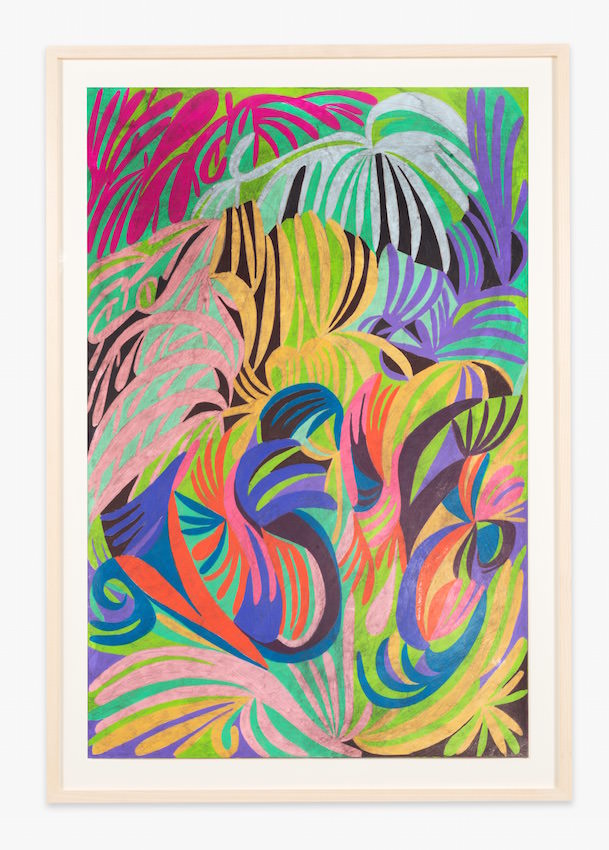
86.5 x 79 inches
TF: The best part of running an art fair is building a community. I started this fair in LA as a recent transplant, and I wanted to discover my new city through the process of getting to know its art. That motivation naturally grew into an art fair, and now seven years later, it’s amazing to be the pivotal event in a dynamic scene. This year I’m looking forward to welcoming back old friends—the galleries that have been with us from the beginning, for whom January always includes a weekend with us in Santa Monica.
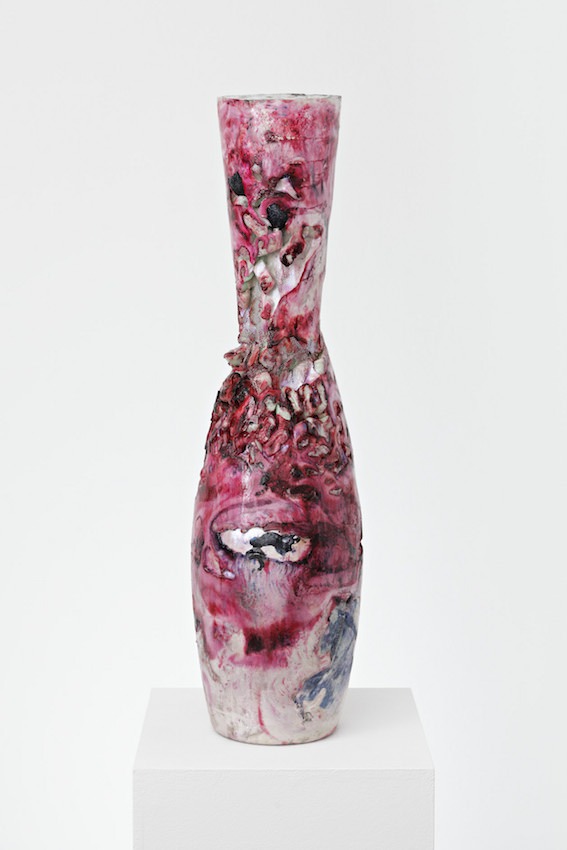
Courtesy of the artist and Susanne Vielmetter Los Angeles Projects
Art Los Angeles Contemporary is on view through January 31.
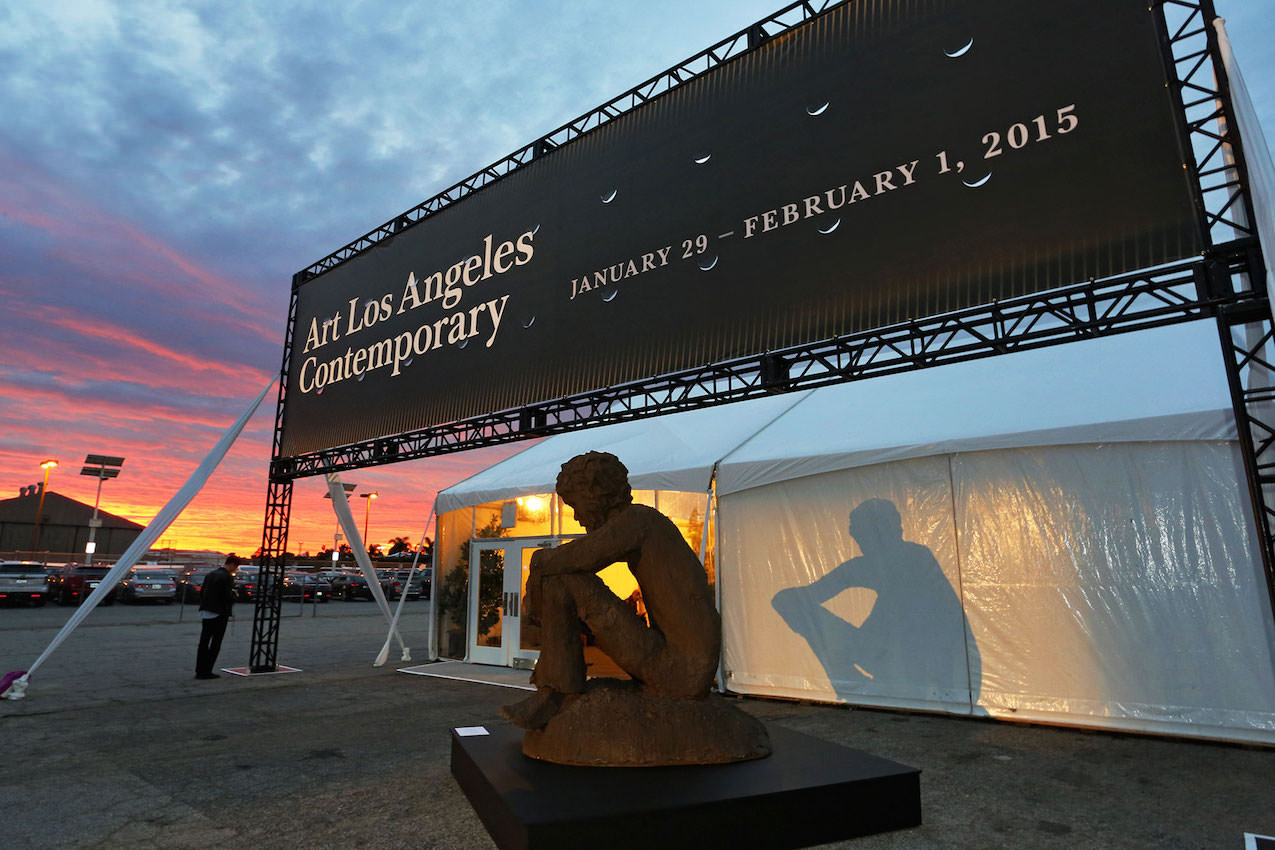
Photo by Robert Wedemeyer




